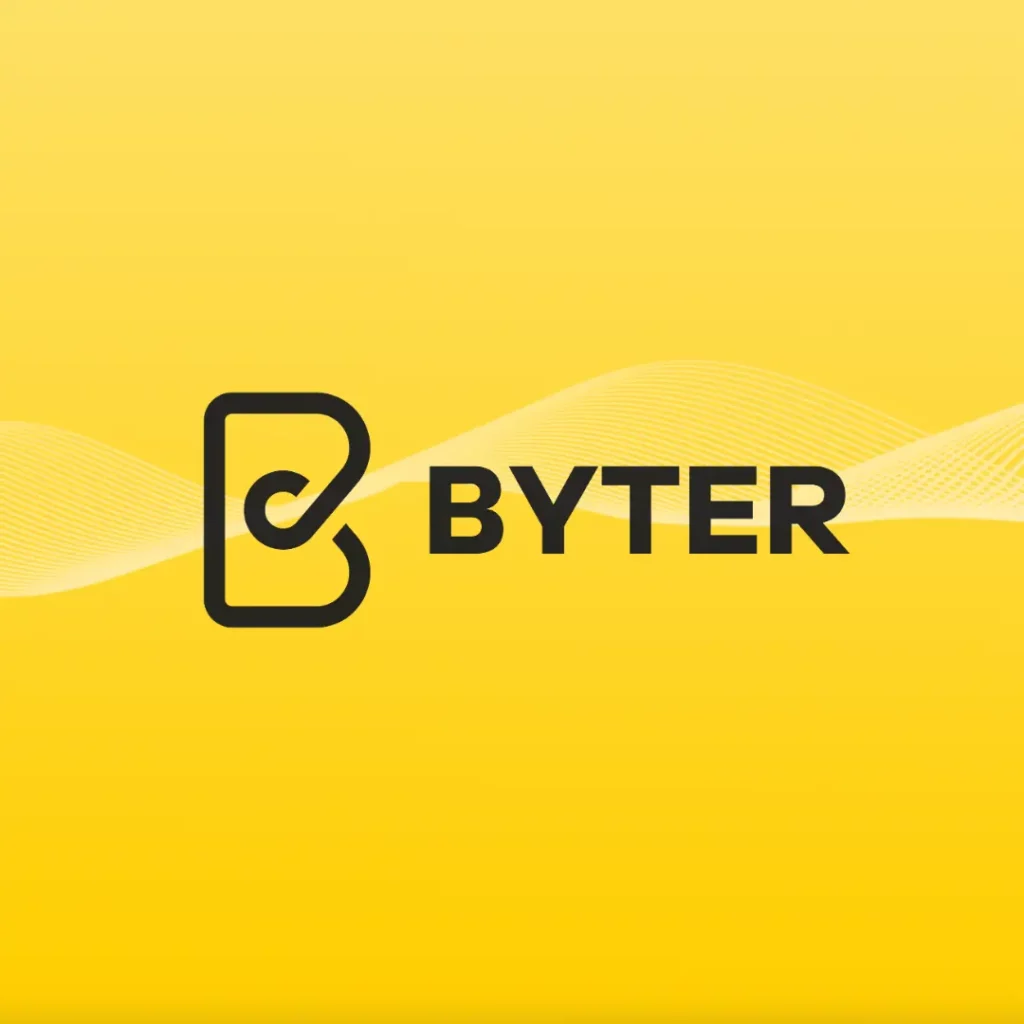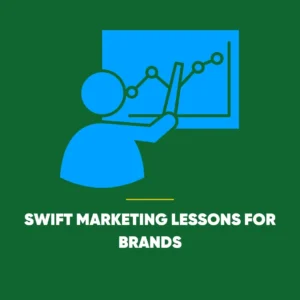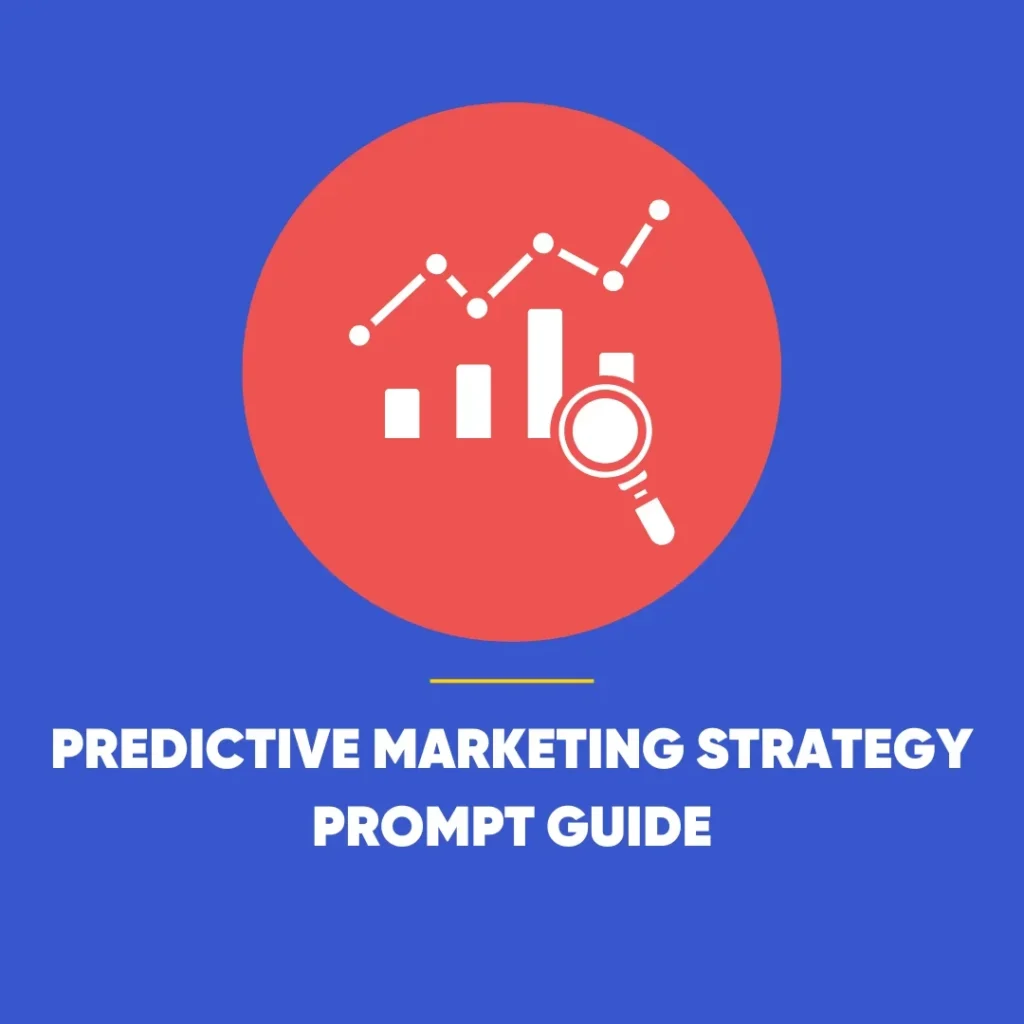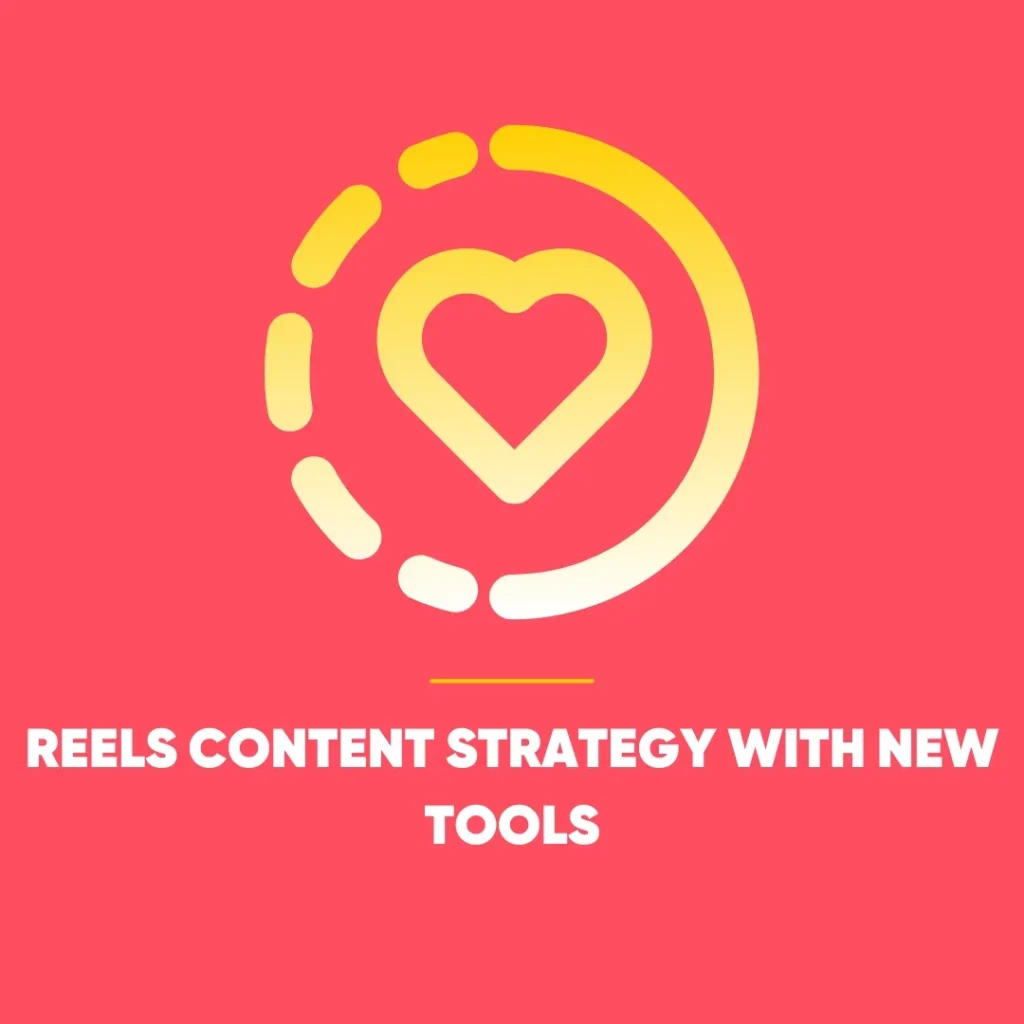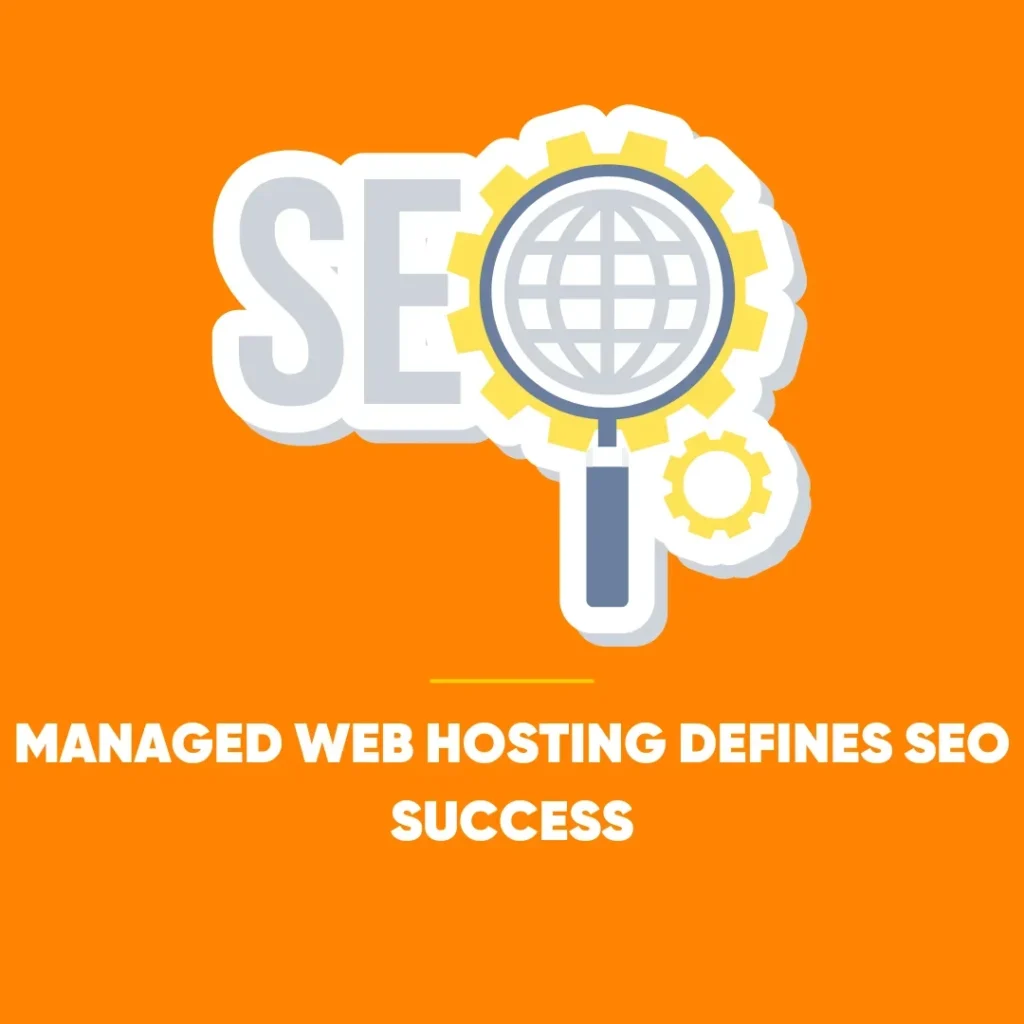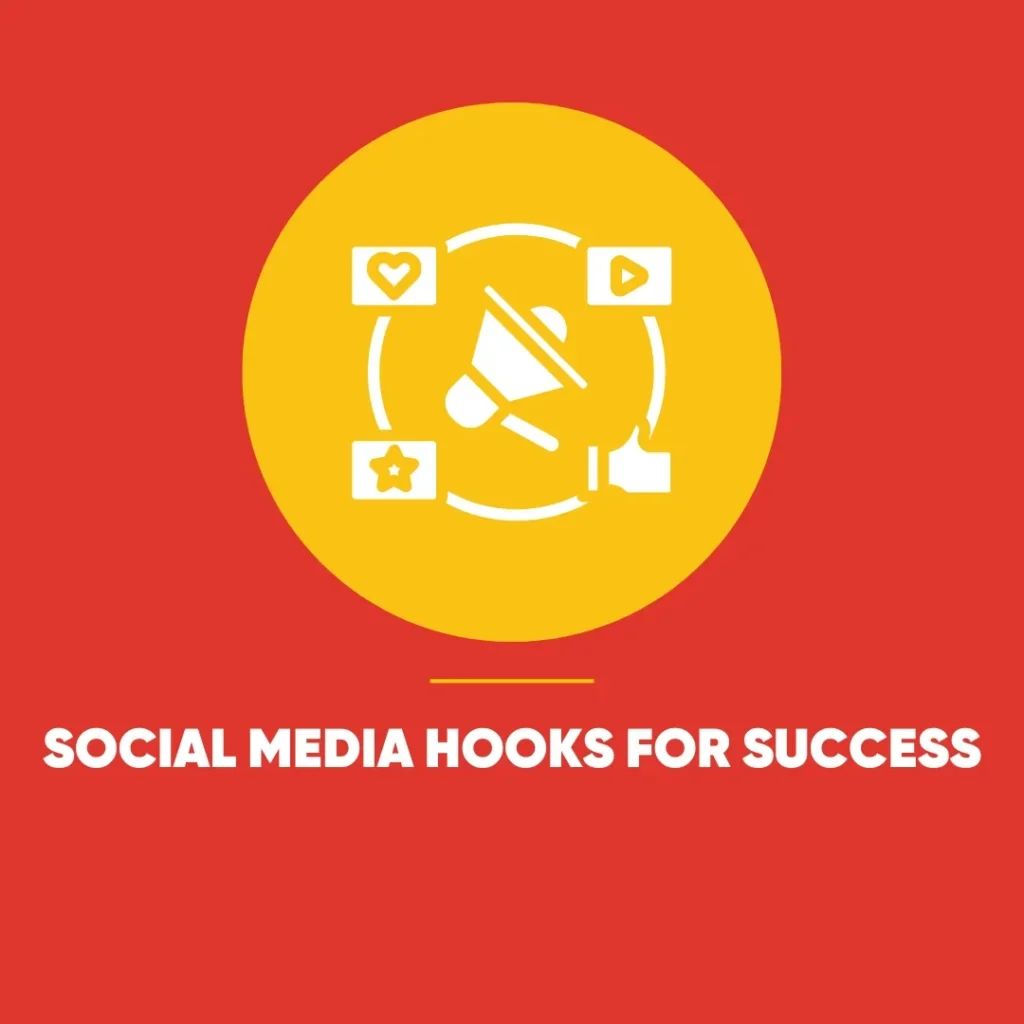Customer Journey Strategy vs User Journey
A customer journey strategy helps businesses avoid confusing user journeys with customer journeys, protecting growth and revenue. While the terms are often used interchangeably in meetings and marketing plans, the two represent very different experiences. Misunderstanding them can quietly erode revenue, limit growth, and even derail a product’s future.
So, what exactly separates the two – and why does this distinction matter more than ever in 2025?
Customer Journey Strategy: Defining the Terms
Who is a User?
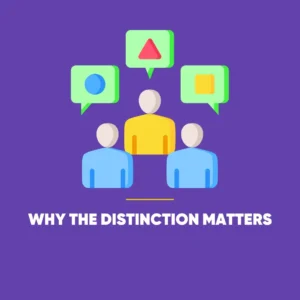 A user is anyone who interacts with a product or service. They might click through an app, browse a website, or engage with content. Their journey reflects usability, design, and emotional connection with the experience. Metrics like session duration, bounce rates, and engagement levels typically measure success here.
A user is anyone who interacts with a product or service. They might click through an app, browse a website, or engage with content. Their journey reflects usability, design, and emotional connection with the experience. Metrics like session duration, bounce rates, and engagement levels typically measure success here.
Who is a Customer?
A customer, on the other hand, is someone who makes a purchase or financially supports the business model. They are the people keeping the business running – through subscriptions, transactions, or advertising spend. Unlike users, customers have a direct economic relationship with the brand.
Sometimes, users and customers are one and the same. But often – particularly in SaaS platforms, freemium products, and ad-supported apps – they are not.
Why the Distinction Matters
Language Shapes Business Strategy
Treating “user” and “customer” as synonyms isn’t simply a semantic mistake. The language used within teams shapes priorities, strategies, and outcomes. A product optimised only for users may gain popularity but fail to achieve profitability. Conversely, focusing solely on paying customers without considering usability risks poor retention and low satisfaction.
The Hidden Cost of Confusion
Start-ups frequently fall into this trap. They may create an app that delights users but fails to generate meaningful revenue. Without a well-defined customer journey, even the most beautifully designed interface can collapse under the weight of an unsustainable business model.
Customer Journey Strategy: The User Journey
The user journey is often portrayed as an elegant arc. A potential user discovers the product, experiences a smooth onboarding process, becomes engaged, and returns again and again.
But here lies the problem: not every engaged user becomes a paying customer. Many may browse, explore, or test features without ever investing financially. While positive user experiences are essential for growth, they don’t always translate into revenue streams.
The Customer Journey: Where Business Value Resides
The customer journey focuses on the financial relationship. It encompasses the path from initial awareness through to purchase, renewal, or upsell. Unlike user journeys, this process is transactional at its core.
Questions central to the customer journey include:
- How does a prospect become aware of the offering?
- What nudges them towards conversion?
- What ensures they remain loyal and spend again?
While the user journey is about emotions and usability, the customer journey is about measurable outcomes – conversion rates, retention, and lifetime value.
Customer Journey Strategy: Designing for the Right Journey
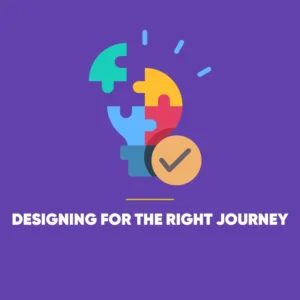 Successful companies identify who their real customers are. Spotify offers a good example: while millions use the platform for free, its true customers are advertisers and paying subscribers. Similarly, Google Search attracts billions of users, but advertisers drive its revenue model.
Successful companies identify who their real customers are. Spotify offers a good example: while millions use the platform for free, its true customers are advertisers and paying subscribers. Similarly, Google Search attracts billions of users, but advertisers drive its revenue model.
A business that confuses these roles risks designing a wonderful user experience that fails to serve its actual customer base.
When Users and Customers Overlap
In some industries – such as direct-to-consumer retail or hospitality – the user and customer are one and the same. This creates a new challenge: delivering both a smooth user experience (UX) and a rewarding customer experience (CX).
The user journey ensures the process feels intuitive and engaging, while the customer journey secures long-term loyalty through value, trust, and relationship-building. Neglecting either side creates friction, undermining conversion potential and customer satisfaction.
Customer Journey Strategy: UX vs CX
It is tempting to view UX and CX as competing priorities, but in reality they complement one another.
- UX designers focus on the usability of interfaces. Their question: Is this product simple and enjoyable to use?
- CX strategists focus on the wider relationship. Their question: Will this person spend again, and remain loyal?
The businesses that thrive are those that encourage collaboration between these disciplines, blending delightful design with measurable business outcomes.
Why the Distinction Matters More in 2025
Attention spans are shrinking, digital competition is fierce, and consumers are less tolerant of poor experiences. At the same time, brands must justify every penny of marketing spend.
In this climate, mistaking users for customers – or ignoring the importance of either – can be costly. Companies must ensure they are mapping and improving both journeys if they want to stay relevant and profitable.
Final Thoughts
The terms user journey and customer journey should never be used interchangeably. They represent two distinct perspectives that, when aligned, drive growth and sustainability.
- The user journey builds affinity and engagement.
- The customer journey drives revenue and retention.
- Together, they create a complete roadmap for success.
Businesses that embrace both perspectives – rather than choosing one over the other – are best positioned to turn loyal users into paying customers, and paying customers into brand advocates.
So, is your organisation focusing on the right journey? Or are you leaving value on the table by confusing the two?

